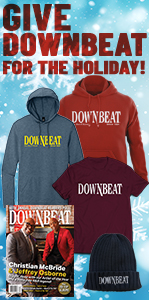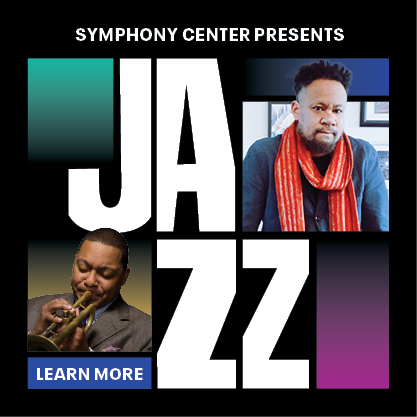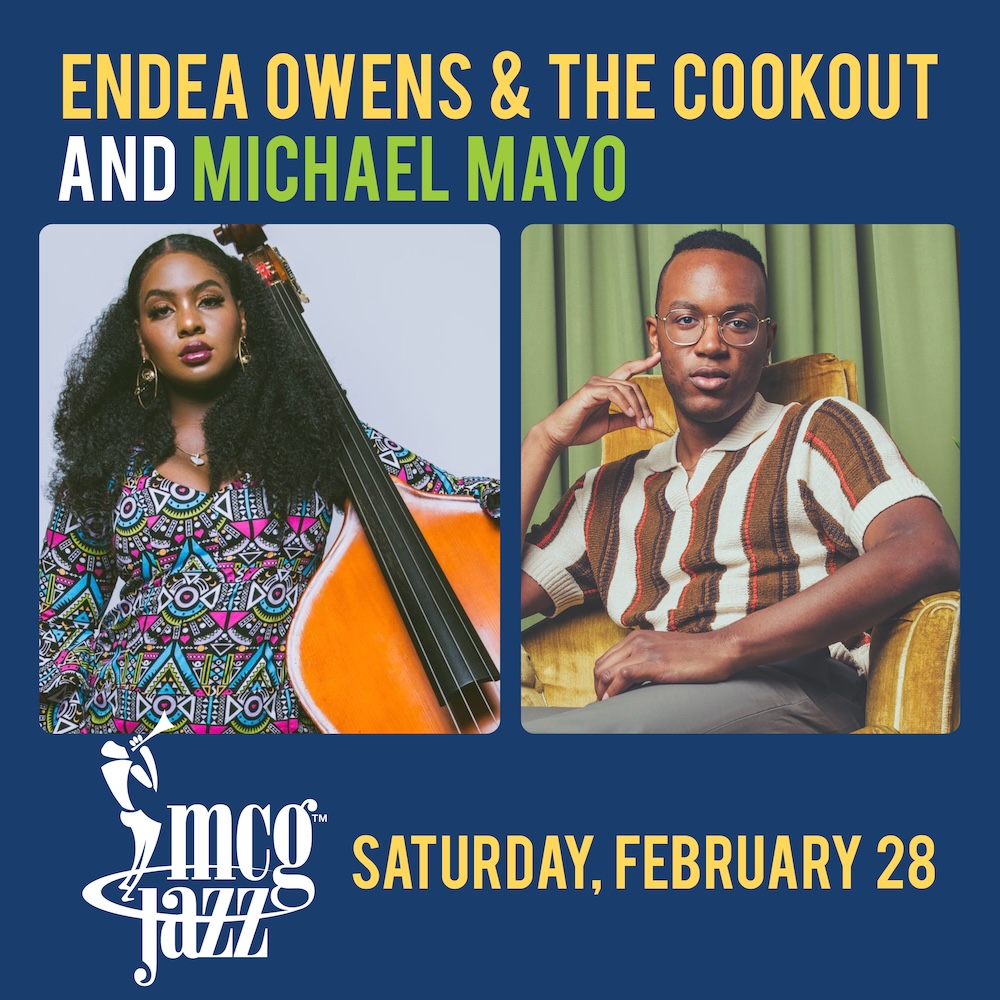Oct 28, 2025 10:47 AM
In Memoriam: Jack DeJohnette, 1942–2025
Jack DeJohnette, a bold and resourceful drummer and NEA Jazz Master who forged a unique vocabulary on the kit over his…
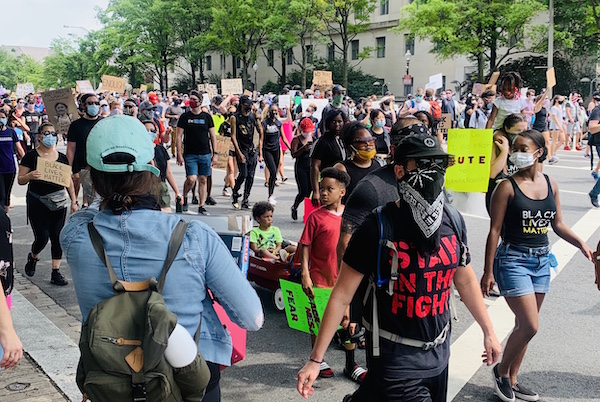
Protesters march June 6 in Washington, D.C., following the police killing of George Floyd.
(Photo: John Murph)Closer to home for the jazz community, the newly formed Jazz Coalition partnered with The Blacksmiths (a coalition of artists, curators, producers and organizers), the Intersectional Voices Collective and The Wide Awakes to present “Juneteenth Jubilee,” a June 19 celebration in Harlem to heighten awareness of the Black queer and transgender communities, which also contend with racialized disparities and violence.
While Blackout Tuesday helped to spotlight significant systemic imbalances within the jazz community, it’s difficult to find published studies examining current issues in the music. Works like Zola Philipp’s scholarly paper “The Social Effects of Jazz” and Gerald Horne’s book Jazz and Justice: Racism and the Political Economy of the Music have explored the history of financial exploitation of Black jazz artists. But questions about disparities in wealth and hiring practices, the ownership of jazz labels, jazz media outlets, venues, and nonprofit institutions and access to education have yet to be studied in such depth.
“Historically, who owns a lot of music publishing and whose songs were they? Let’s just start there,” said Katea Stitt, program director at WPFW—Washington, D.C.’s Pacifica Foundation radio station. The daughter of late saxophonist Sonny Stitt, she also said she participated in recent protests in the capital. “Who owned the clubs? And who played inside the clubs?” she asked.
Vocalist and activist Myers recently published a book, White People Talking to White People: Broaching the Topic of Race with your White Friends, as a guide for how individuals can address systemic racism within their own homes and businesses. He, too, cited glaring racial discrimination in jazz performance spaces and the education system.
“If we do not force white people in jazz to start examining their own fragility and privilege that we as Black people have tolerated and tiptoed around for as long as we’ve been in this genre, the systemic racism within jazz will continue,” he said.
“A lot of jazz musicians are afraid to speak up about it, because they’re afraid they are going to lose some of their audience,” Myers continued. “They know their audience is a lot of white people—older white [people] at that. We as jazz musicians can no longer be in a position of playing it safe. In this moment, where do you stand? I push everyone within the jazz community to make a stand and put our own individual equity in jeopardy in the fight against racial injustices, including those within the jazz industry.” DB
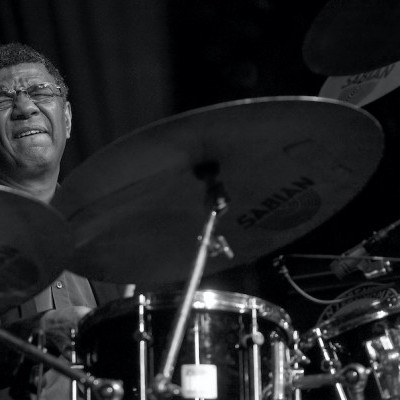
Jack DeJohnette boasted a musical resume that was as long as it was fearsome.
Oct 28, 2025 10:47 AM
Jack DeJohnette, a bold and resourceful drummer and NEA Jazz Master who forged a unique vocabulary on the kit over his…

D’Angelo achieved commercial and critical success experimenting with a fusion of jazz, funk, soul, R&B and hip-hop.
Oct 14, 2025 1:47 PM
D’Angelo, a Grammy-winning R&B and neo-soul singer, guitarist and pianist who exerted a profound influence on 21st…
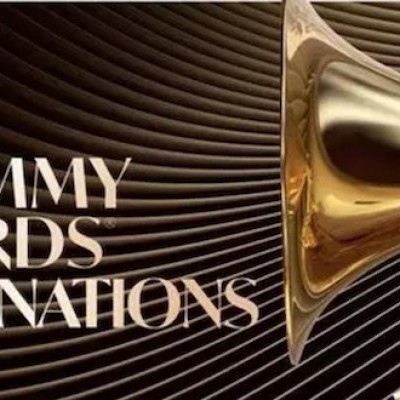
To see the complete list of nominations for the 2026 Grammy Awards, go to grammy.com.
Nov 11, 2025 12:35 PM
The nominations for the 2026 Grammy Awards are in, with plenty to smile about for the worlds of jazz, blues and beyond.…
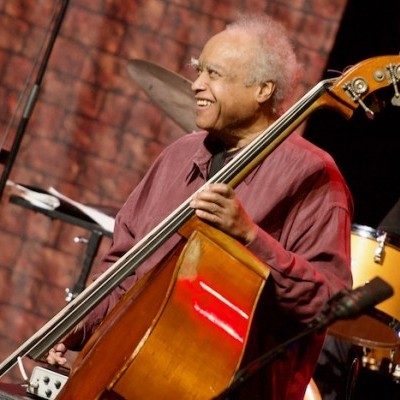
Drummond was cherished by generations of mainstream jazz listeners and bandleaders for his authoritative tonal presence, a defining quality of his style most apparent when he played his instrument unamplified.
Nov 4, 2025 11:39 AM
Ray Drummond, a first-call bassist who appeared on hundreds of albums as a sideman for some of the top names in jazz…
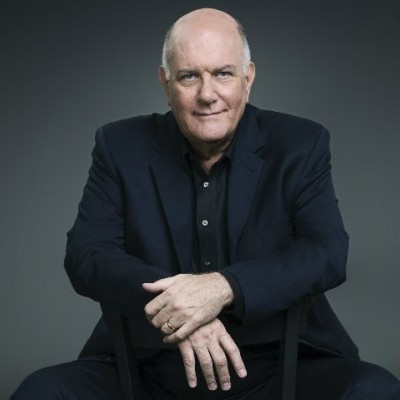
Jim McNeely’s singular body of work had a profound and lasting influence on many of today’s top jazz composers in the U.S. and in Europe.
Oct 7, 2025 3:40 PM
Pianist Jim McNeely, one of the most distinguished large ensemble jazz composers of his generation, died Sept. 26 at…
